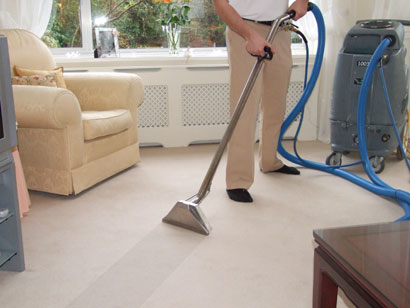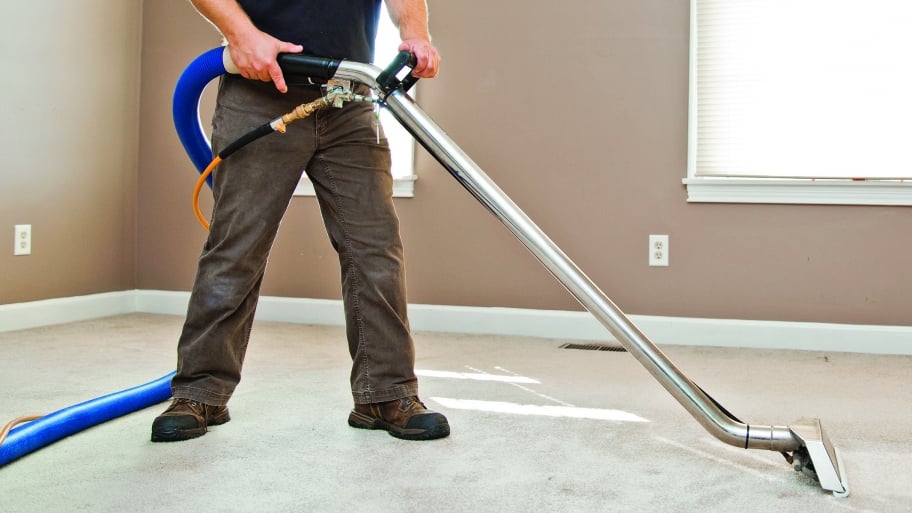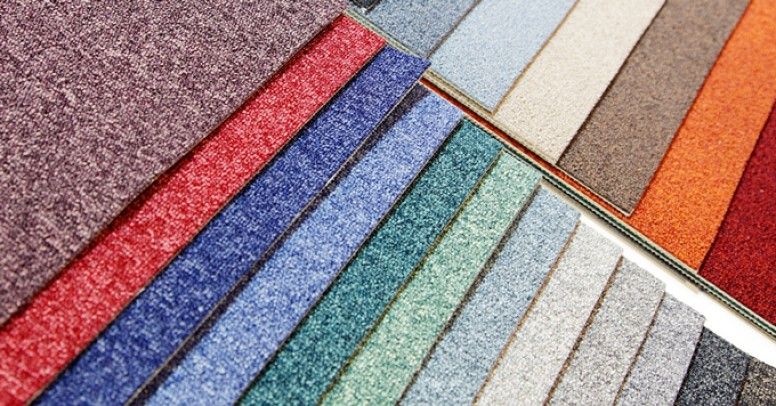 Carpet cleaning with non-aqueous agents. dirt, dominated by the so-called. fats (by this term should be understood in this case all soiling substances, regardless of their chemical composition, but soluble in organic solvents) is removed from …
Carpet cleaning with non-aqueous agents. dirt, dominated by the so-called. fats (by this term should be understood in this case all soiling substances, regardless of their chemical composition, but soluble in organic solvents) is removed from …
Carpet drying
 The last step in the carpet cleaning process is drying them. Several ways are practiced, np. laying a rolled carpet on a base of shaggy material (rub) or on a plastic grate, so that water flows out of its ends …
The last step in the carpet cleaning process is drying them. Several ways are practiced, np. laying a rolled carpet on a base of shaggy material (rub) or on a plastic grate, so that water flows out of its ends …
Carpet cleaning
 Carpet cleaning. Wet cleaning is one of the very important conservation procedures, m.in. necessary before further work, especially additions.
Carpet cleaning. Wet cleaning is one of the very important conservation procedures, m.in. necessary before further work, especially additions.
Before washing, check the condition of the carpet, to see if it has been repaired, remove the wrong i …
Mechanical cleaning of carpets
 Mechanical cleaning of carpets. Please keep this in mind, that dirt can damage old carpets, especially then, when fine grains of sand are stuck in the fleece and cut through the fibres. The beating of antique carpets cannot be carried out often (every 4-5 years) nor vigorously, because it can …
Mechanical cleaning of carpets. Please keep this in mind, that dirt can damage old carpets, especially then, when fine grains of sand are stuck in the fleece and cut through the fibres. The beating of antique carpets cannot be carried out often (every 4-5 years) nor vigorously, because it can …
Hanging carpets
 Hanging carpets. However, carpets are intended to cover the floor, most often in museums (usually older than the 19th century.) they are hung on the walls. Also private owners usually put their antique carpets on the walls. Hanging a rug on the wall …
Hanging carpets. However, carpets are intended to cover the floor, most often in museums (usually older than the 19th century.) they are hung on the walls. Also private owners usually put their antique carpets on the walls. Hanging a rug on the wall …
Carpet laying
 Carpet laying. The natural place for displaying most carpets is the floor. Almost any one is suitable for this purpose, however, it must be clean and dry. The wooden floor should be well laid, np. paper, because the dirt from the grout stains the carpet. Stone slab floor no …
Carpet laying. The natural place for displaying most carpets is the floor. Almost any one is suitable for this purpose, however, it must be clean and dry. The wooden floor should be well laid, np. paper, because the dirt from the grout stains the carpet. Stone slab floor no …
Preventive treatments
 Humidity. The best relative humidity for carpets is considered to be approx 50%, however, the opinions of conservators in this regard are quite diverse. Some take the value from 40 do 70%. Air humidity should not cause dehydration (tj. dehydration) fibers, but neither can it …
Humidity. The best relative humidity for carpets is considered to be approx 50%, however, the opinions of conservators in this regard are quite diverse. Some take the value from 40 do 70%. Air humidity should not cause dehydration (tj. dehydration) fibers, but neither can it …
Mechanical damage
 Mechanical damage. The causes of such damage may include:. improper storage, np. folding causing kinks, and improper suspension, causing uneven loads, tension and displacement of the fibres. Exceeding the limit of elasticity causes tearing or breaking of individual polypeptide chains and affects …
Mechanical damage. The causes of such damage may include:. improper storage, np. folding causing kinks, and improper suspension, causing uneven loads, tension and displacement of the fibres. Exceeding the limit of elasticity causes tearing or breaking of individual polypeptide chains and affects …
Chemical and biological factors
 Chemical factors. Much of the destruction is due to the fact, that metals, metal oxides or metal complex dyes catalyze (speed up) oxidation. Destruction is also caused by the chemicals used originally, np. in the process of fixing wool yarn. Mortars, mainly basic, containing metal salts (particularly …
Chemical factors. Much of the destruction is due to the fact, that metals, metal oxides or metal complex dyes catalyze (speed up) oxidation. Destruction is also caused by the chemicals used originally, np. in the process of fixing wool yarn. Mortars, mainly basic, containing metal salts (particularly …
Destructive factors
Humidity and temperature. High relative air humidity and higher temperature as well as lack of ventilation favor the development of mycelium and mold. Dry air causes the fibers to crumble and break down. Fluctuations in temperature and humidity in the rooms, which have carpets, They are a common cause of undulations, …